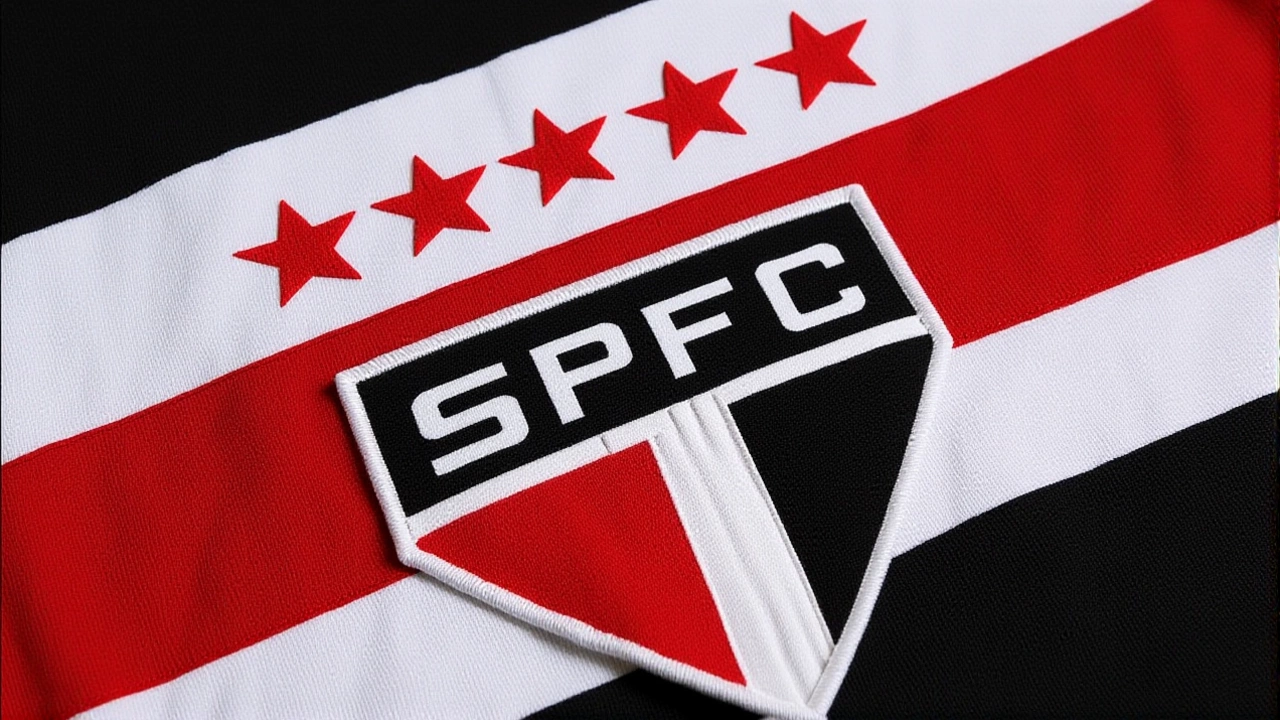São Paulo FC posted a record R$ 287.6 M loss for 2024 despite record revenue, prompting a R$ 240 M credit‑rights fund plan and raising concerns for Brazilian football’s finances.
Business: Sports Finance Insights & São Paulo FC Record Deficit
Did you hear that São Paulo FC posted a massive R$ 287.6 million loss for 2024 even though its revenue hit a new high? It sounds crazy, but it’s a real wake‑up call for anyone watching club finances. In this article we’ll break down what happened, why it matters for Brazilian football, and what other clubs can take away from the situation.
Why the loss matters for Brazilian football
First off, the club’s revenue jumped thanks to better sponsorship deals, TV rights, and a surge in match‑day sales. Yet the expenses outpaced that growth—player wages, transfer fees, and operational costs all ballooned. The result? A record deficit that forced the board to set up a R$ 240 million credit‑rights fund to keep the books balanced.
This isn’t just a São Paulo FC problem. Many Brazilian teams rely on similar revenue streams and face the same cost pressures. When a club this big shows a loss, it signals that the financial model may be fragile across the league. Investors start to ask questions, sponsors rethink their commitments, and the overall health of the sport can take a hit.
What clubs can learn from São Paulo FC
One clear lesson is the need for tighter cost control. Even if you lock in big sponsorships, you can’t ignore the payroll bill. Clubs should audit player contracts regularly, look for performance‑based bonuses, and avoid paying sky‑high fees for short‑term gains.
Second, building a safety net like a credit‑rights fund can be a lifesaver. It gives the board breathing room when cash flow gets tight and shows stakeholders that the club is thinking ahead. Not every team will need a R$ 240 million fund, but a smaller reserve can still protect against unexpected dips.
Finally, transparency matters. When fans and investors see a clear plan—how the club will cut waste, boost revenue, and use the reserve—they’re more likely to stay supportive. Open communication can turn a financial scare into an opportunity to rebuild trust.
So, what does this mean for you as a sports fan or a business reader? It’s a reminder that big numbers don’t always equal success. Behind the headlines, clubs juggle many moving parts, and a single misstep can swing the balance sheet dramatically. Keep an eye on both the income side (sponsorships, TV deals) and the expense side (wages, transfers) to get a true picture of a club’s health.
If you run a sports‑related business, take the São Paulo FC story as a case study. Review your revenue streams, set up a contingency fund, and communicate openly with stakeholders. Those steps can help you avoid the same pitfalls and keep the organization on solid ground.
In short, São Paulo FC’s record deficit is more than a headline; it’s a lesson in financial discipline for the whole sports world. By learning from it, clubs and businesses alike can aim for steady growth rather than risky spikes that end in costly crashes.


